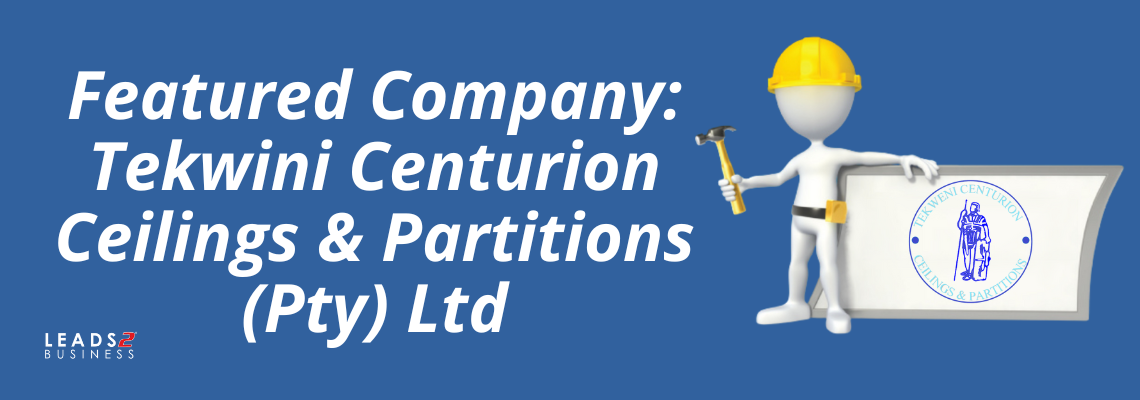
Read about who’s who in the Industry: RHO-TECH like to think of what they do – specialising in the manufacture, supply and installation of HDPE piping solutions across Southern Africa – as more than just a business transaction between them and their markets, but as an exchange between friends. Their customers become part of their business – it’s thanks to them that, despite the current difficult economic climate, they’ve been able to sustain such tremendous growth over the past two decades. RHO-TECH’s two major market focuses are providing HDPE Piping Solutions and Structural and Pultruded Fibreglass Technology. They service numerous industries, including infrastructure development and manufacturing. Take a look at some of their projects.
_RhotechIf you are interested in becoming one of our subscribers, please visit Leads 2 Business.
To view notes with screenshots on how to use our website, please visit Leads 2 Business Wiki.
To view more Featured Companies, please visit our Leads 2 Business Blog.
About Wendy De Wet
I joined Leads 2 Business as an Account Executive in July 2011 and was part of the dynamic sales team in JHB for 2 years. I relocated to the beautiful city of Durban in 2013 and absolutely love KZN. I am very proud to be part of the L2B family and Legacy!










